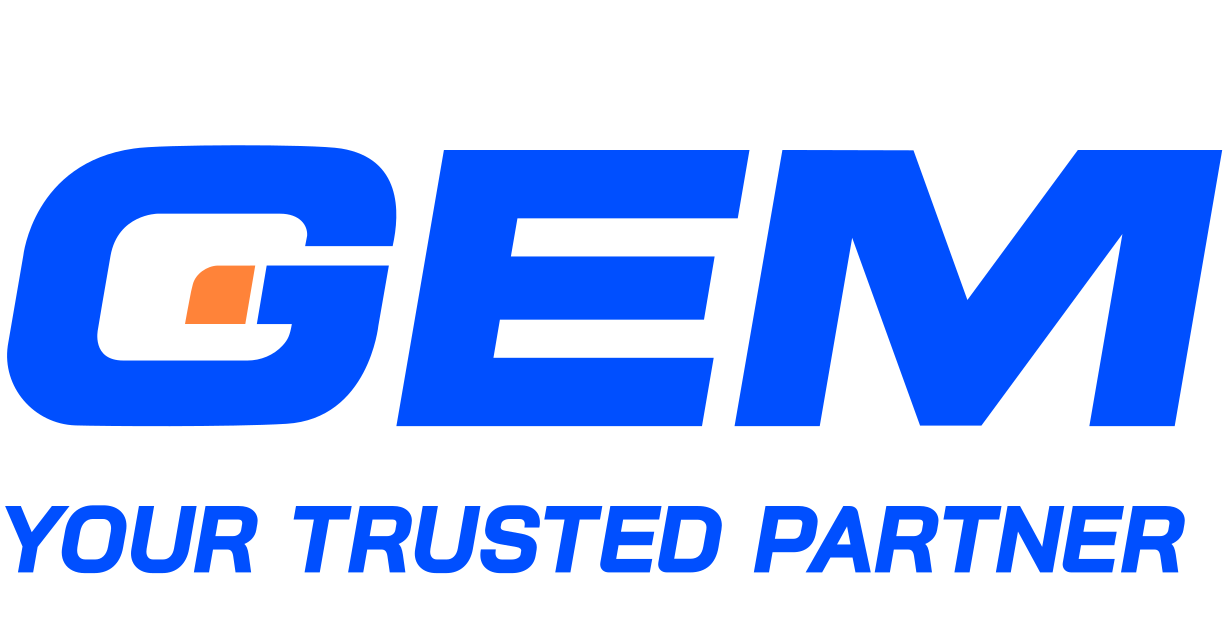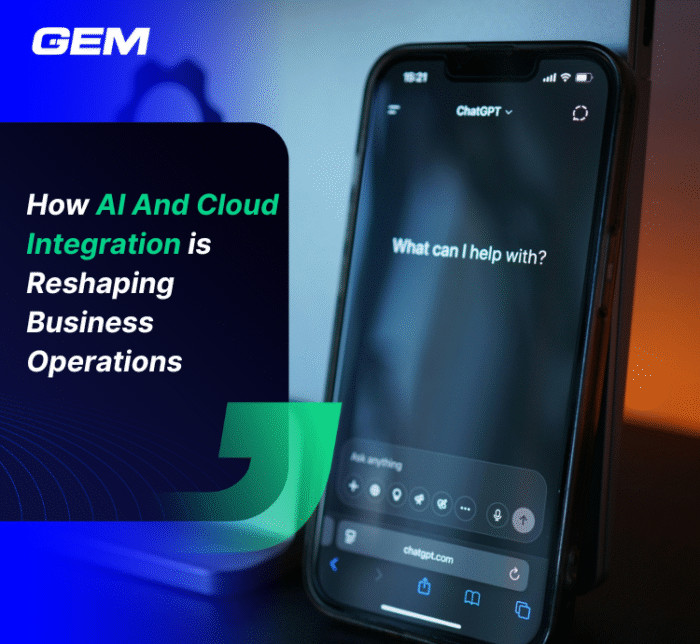Contents
The global HR software market reached an estimated USD 16.43 billion in 2023 and is on track to more than double by 2030. As this momentum continues, HR leaders are reevaluating the tools and frameworks they rely on, especially when it comes to HRM vs HCM. While the two terms often appear side by side, they reflect different priorities, capabilities, and business impact. This article breaks down what sets them apart, what they have in common, and how organizations can navigate the shift from operational management to long-term workforce strategy. Let’s start by understanding the foundation of HRM.
What is Human Resource Management (HRM)?
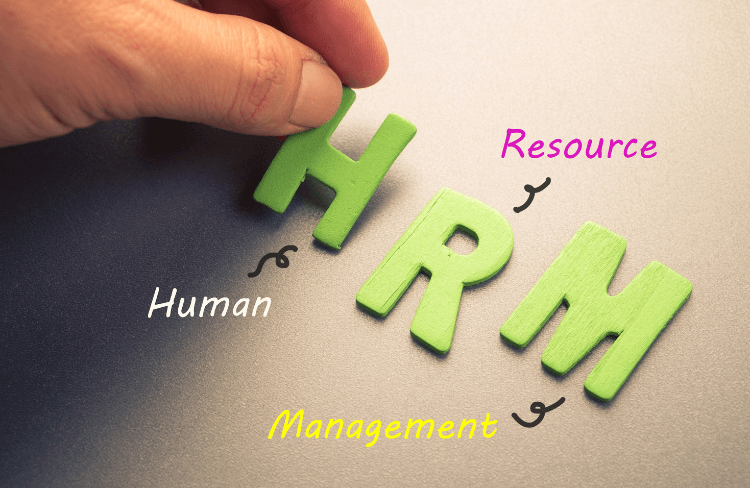
Human Resource Management (HRM) refers to the transactional and administrative function of managing employee-related processes such as payroll, benefits, compliance, and personnel records. It serves as the foundation for most organizations’ people operations, focusing on maintaining accuracy, consistency, and legal adherence across day-to-day HR activities. While HRM plays a necessary role in managing the workforce, it is typically limited to routine processes rather than strategic planning.
- Focus: Core administrative and operational tasks for managing employees.
- Objective: To ensure smooth daily operations and compliance with labor laws.
- Scope: Employee data, payroll, benefits administration, recruitment, onboarding, and handling day-to-day issues.
- Approach: Transactional, reactive, and process-driven.
What is Human Capital Management (HCM)?
Human Capital Management (HCM) is a strategic framework that treats employees not only as contributors to operations but as assets with measurable long-term value. It builds on the foundational elements of HRM and expands into areas that directly tie workforce capabilities to business performance. HCM integrates planning, development, and analytics into workforce management to support organizational growth.
- Focus: Optimizing the economic value and potential of an organization’s human capital.
- Objective: To strategically align workforce capabilities with business goals and drive organizational performance.
- Scope: Encompasses all HRM functions and extends to talent acquisition, workforce planning, employee development, succession planning, performance management, and leveraging analytics.
- Approach: Strategic, proactive, and long-term, emphasizing growth and value creation through employees.
Explore more: What is HCM?
While Human Resource Management (HRM) and Human Capital Management (HCM) differ in scope and strategic orientation, they share several foundational functions. Both serve as systems for managing workforce-related processes and are integral to the employee experience.
Employee Information Management: Both HRM and HCM systems handle the collection, organization, and maintenance of employee records—such as personal data, job history, payroll, and benefits.
Recruitment and Onboarding: Each framework includes capabilities for attracting candidates, managing job applications, and onboarding new hires. Though HCM may offer more advanced tools (e.g., AI-driven candidate screening), the basic functions remain consistent.
Policy and Compliance Support: Both systems help standardize HR processes to comply with labor laws and company policies. This includes time tracking, leave management, and workplace documentation.
Performance Tracking: HRM and HCM platforms support employee evaluations, though HCM systems often extend this into ongoing feedback and career development planning.
Technology-Driven Execution: Most modern HRM and HCM systems are software-based, offering organizations digital tools to automate manual tasks, improve accuracy, and centralize workforce data. The difference lies in the depth of features and analytical capabilities.
In short, HRM and HCM operate on the same infrastructure but serve different organizational priorities, one administrative, the other strategic.
HRM vs. HCM: A Comparative View

The differences between HRM and HCM reflect a broader shift in how organizations approach workforce management, from maintaining compliance to driving growth through people. Below is a breakdown of how they differ across key dimensions:
Perspective:
HRM views employees as resources to be managed efficiently within established processes. HCM regards the workforce as a long-term investment whose skills, engagement, and development contribute directly to business outcomes.
Strategy:
HRM provides the foundational layer, handling the operational necessities of employment. HCM builds on that layer, integrating workforce strategy into broader business planning. It introduces forward-looking practices such as succession planning, skills forecasting, and performance optimization.
Technology:
HRM systems focus on digitizing and automating routine HR tasks—such as timekeeping, payroll, and benefits. HCM platforms include modules for talent acquisition, learning, performance reviews, and workforce analytics, often powered by AI and machine learning.
Goal:
The objective of HRM is to maintain efficient operations and meet compliance requirements. HCM aims to increase the organization’s economic and strategic value through employee growth, engagement, and retention.
Role of Analytics:
HRM systems may offer basic reporting features, such as headcount or turnover rates. HCM platforms incorporate predictive analytics to identify trends, forecast talent needs, and support decision-making at the leadership level.
Employee Lifecycle:
HRM addresses the early stages of employment, such as hiring, onboarding, and administrative support. HCM takes a full-lifecycle approach, covering development, mobility, retention, and future readiness.
Organizational Impact:
HRM supports the smooth functioning of daily operations. HCM contributes to long-term planning by aligning workforce capabilities with evolving business demands.
Summary Table: HRM vs. HCM
| Dimension | HRM | HCM |
| Perspective | Employees as resources to manage | Employees as assets to develop and align with strategy |
| Strategy | Administrative and compliance-focused | Strategic, growth-oriented, and future-facing |
| Technology | Automates core HR tasks | Integrates comprehensive talent and analytics functions |
| Goal | Operational efficiency and legal compliance | Workforce optimization and business performance |
| Role of Analytics | Basic reporting (e.g., headcount, turnover) | Predictive insights and strategic workforce planning |
| Employee Lifecycle | Focus on early stages (onboarding, payroll, records) | Full lifecycle (development, succession, retention) |
| Organizational Impact | Supports routine operations | Informs long-term decision-making and transformation |
Choosing Between HRM and HCM: What Fits Your Organization?
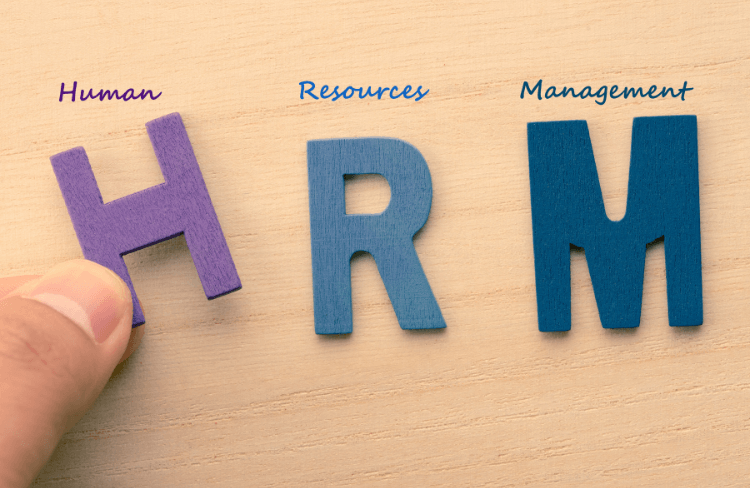
The decision to adopt either an HRM or HCM approach depends largely on the organization’s size, growth stage, and operational priorities. While both systems manage human resources, the scope and strategic intent differ.
For early-stage or smaller organizations, an HRM system often fulfills immediate needs – tracking employee information, managing payroll, and maintaining compliance. These systems are typically more straightforward to implement and cost-effective for managing day-to-day tasks.
As organizations scale, workforce challenges become more complex. At this point, HCM platforms offer the tools to address strategic imperatives—such as workforce planning, leadership development, and employee engagement. Companies undergoing digital transformation or expanding into new markets may find that HRM systems no longer support the level of insight or agility required.
Key questions to consider include:
- Is your current HR process focused mainly on compliance and administration, or are you looking to link talent management with business outcomes?
- Do you need advanced reporting and analytics, or are basic dashboards sufficient?
- Is your workforce growing rapidly or becoming more distributed, requiring a more integrated approach to performance and development?
Organizations do not need to choose one over the other immediately. Many start with HRM and evolve toward HCM as business needs shift. The choice is a continuum of workforce maturity.
Considerations for Integrating HRM and HCM

Moving from a standalone HRM system to a broader HCM framework introduces both opportunities and operational challenges. The transition requires careful planning across people, processes, and technology.
1. Data Migration from Legacy HRM Systems
Shifting from an HRM platform to an HCM system involves consolidating employee data, often stored in separate systems or spreadsheets, into a unified platform. Inconsistent data formats, missing records, and siloed databases can create friction. A successful migration depends on:
- Conducting a thorough data audit to identify gaps and redundancies
- Standardizing data structures for compatibility with the new HCM platform
- Establishing governance around data accuracy and ownership
Incomplete or inaccurate migration can undermine the effectiveness of advanced features like talent analytics or performance tracking.
2. Change Management and Upskilling HR Teams
Integrating HCM requires more than a technical upgrade. It reshapes how HR teams operate, moving from transactional processing to strategic decision-making. This shift often encounters resistance if not managed proactively.
- Leadership must set a clear vision for how HCM supports business goals
- HR staff may need training in new tools, workflows, and data interpretation
- Ongoing support and cross-functional collaboration help maintain adoption
Without targeted change management, the organization risks underutilizing the system’s capabilities.
3. Aligning the Tech Stack with Strategic Goals
An HCM platform should not operate in isolation. It needs to integrate with existing enterprise systems, such as ERP, finance, and collaboration tools, to deliver cross-functional value.
To align the technology stack:
- Define how the HCM system will support broader business initiatives, such as workforce agility or productivity forecasting
- Evaluate compatibility with existing infrastructure and security protocols
- Prioritize configurability so the platform can evolve with business needs
Poor integration can limit the strategic return on investment and create fragmented user experiences.
Integrating HRM and HCM with GEM Corporation
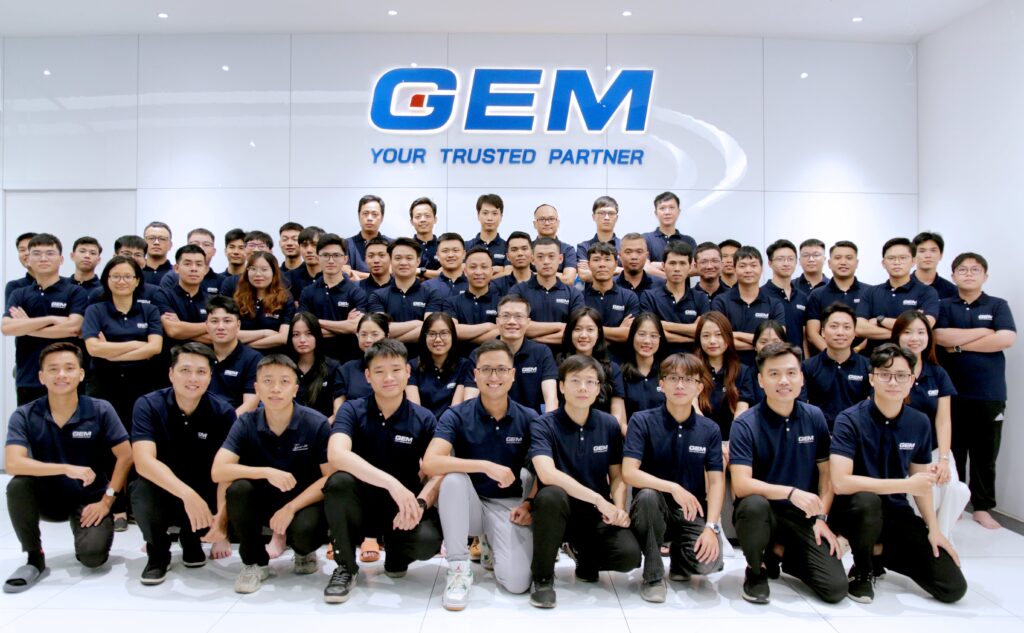
GEM Corporation brings over a decade of experience delivering tailored HR technology solutions, backed by ISO 27001 certification and industry recognition from platforms such as GoodFirms. With a track record of building scalable enterprise systems, GEM’s teams are well-versed in HRIS, payroll automation, and data-driven workforce platforms. Our structured delivery methodologies support rapid deployment and seamless integration, minimizing operational disruption during transformation. As an official ServiceNow partner, GEM incorporates enterprise-grade workflow capabilities into HR and HCM ecosystems.
Our approach to Human Capital Management emphasizes modular and AI-powered solutions that unify transactional HR functions with strategic talent development. From HR Core systems to compensation automation and AI-driven learning platforms, GEM designs architectures that support long-term workforce planning. We integrate workforce analytics, intelligent onboarding, and agentic AI assistants to streamline both employee and HR service experiences. Each HCM system is built to reflect the organization’s specific structure, policies, and performance goals, ensuring that HR operations are not only digitized but aligned with business outcomes. With experience across compensation, scheduling, and talent management platforms, GEM supports full-spectrum integration of HRM and HCM at both functional and strategic levels.
Explore more: All about HCM Service
Conclusion
Understanding the distinction between HRM vs HCM helps organizations clarify their workforce priorities, whether focused on daily operations or long-term value creation. While HRM addresses administrative needs such as payroll and compliance, HCM integrates broader functions like talent development, analytics, and planning. Many companies begin with HRM and transition toward HCM as strategic demands evolve. Selecting or integrating the right approach depends on workforce scale, organizational goals, and system readiness. To explore how GEM can support your HR transformation with tailored solutions, contact our team for a consultation.
